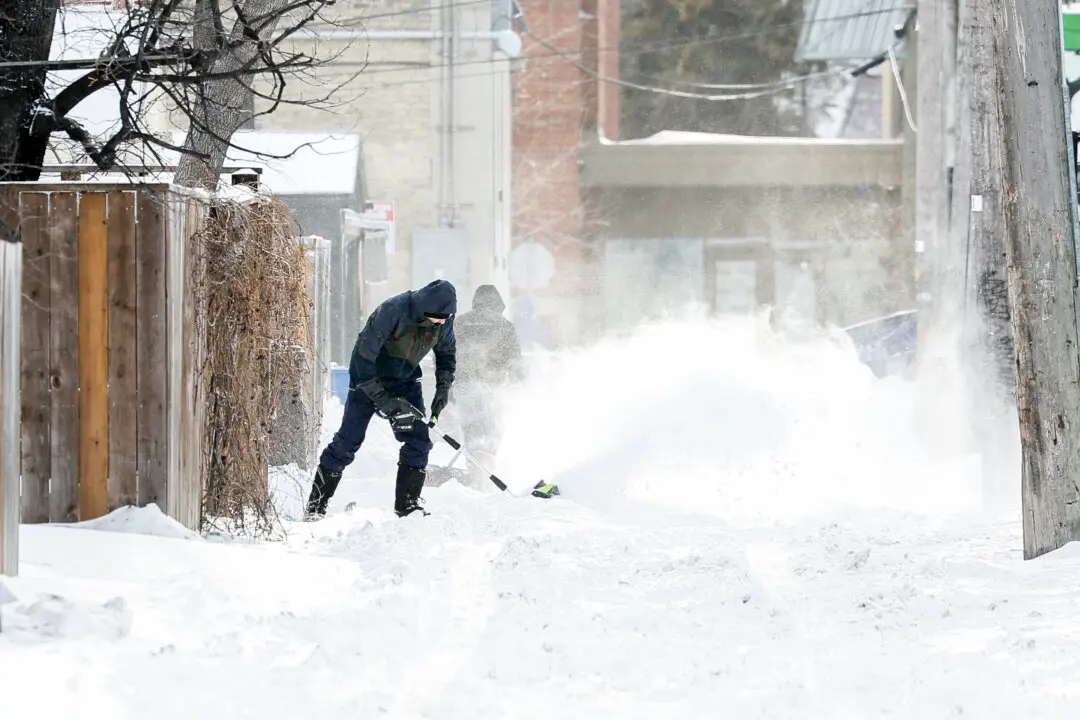One of the country’s strongest international voices in the fight against AIDS says Canada owes the Inuit a full explanation of what happened to relatives removed from their homes to be treated for tuberculosis in the 1950s and ‘60s.
“It was something that continues to complicate the entire response to tuberculosis now,” said Stephen Lewis, co-director of AIDS-Free World and former United Nations special envoy on AIDS/HIV.





